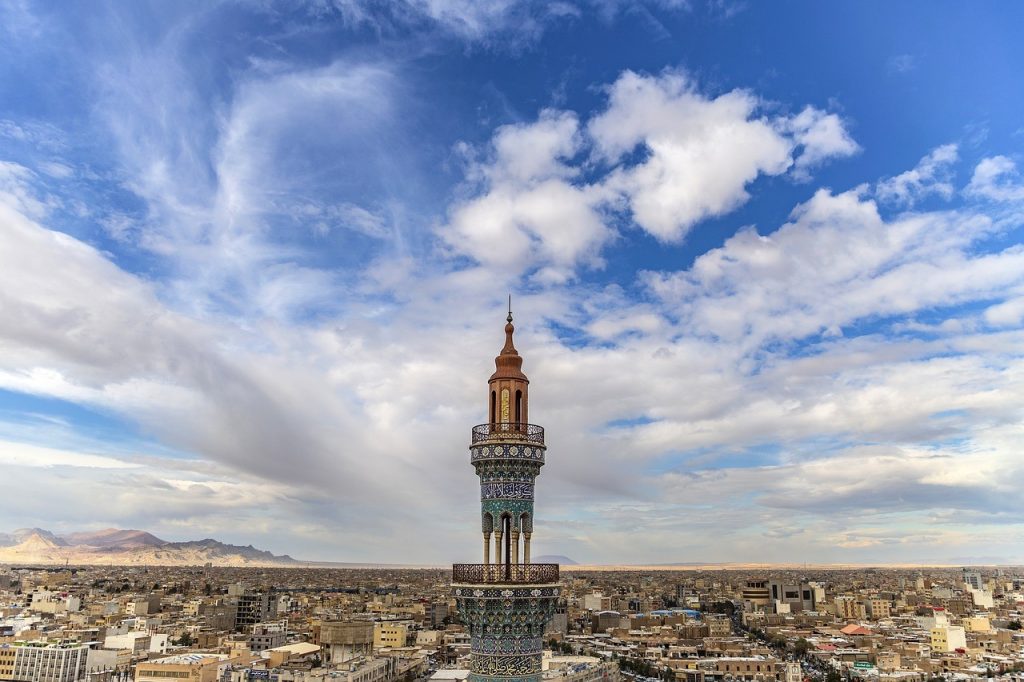Iran is a country of ancient history, diverse nature, and rich culture. Iran has something to offer all tastes! From ancient ruins as old as 7,000 years to mosques of artistic intricacy; from cold snowy mountains to hot sandy deserts; and from deep literature to adorable customs and festivals. What makes Iran even more unique is its people. With a diversity of costumes, traditions, lifestyles, and an unparalleled hospitality that’s rooted in the culture, Iranian people are probably the main attraction of the country.
The metropolitan capital, Tehran, with a 8.69-million population, is blessed with the country’s top museums. The three other main tourist cities which form the Golden Triangle – Shiraz, Isfahan and Yazd – enjoy a concentration of attractions. Shiraz, the city of poets, is known for garden mansions, historical complexes and the renowned ancient sites of Persepolis, Pasargadae and Necropolis. Isfahan attracts many thanks to the intricacy of its masterpieces of Islamic architecture. The historical city of Yazd highlights a unique desert architecture as well as relics of the ancient Persian religion, Zoroastrianism. Kashan, a magnetic town near Isfahan, showcases elegant elements of Persian architecture in impressive historical mansions.
Venture off the usual tourist trail in western Iran and you will find a unique Kurdish lifestyle, mystical music, terraced villages and spectacular mountains. The eastern region features endless flat deserts and spiritual music and dance. In the south, you’ll discover geological wonders, scenic beaches and local culture; while the north is covered in dense jungle. The southwest showcases 7,000 year-old treasures. In the southeast, the desert meets the ocean. In the northwest, experience mountains and priceless historical mementos. And finally, in the northeast you can meet the famous Turkmen horses of Iran.


